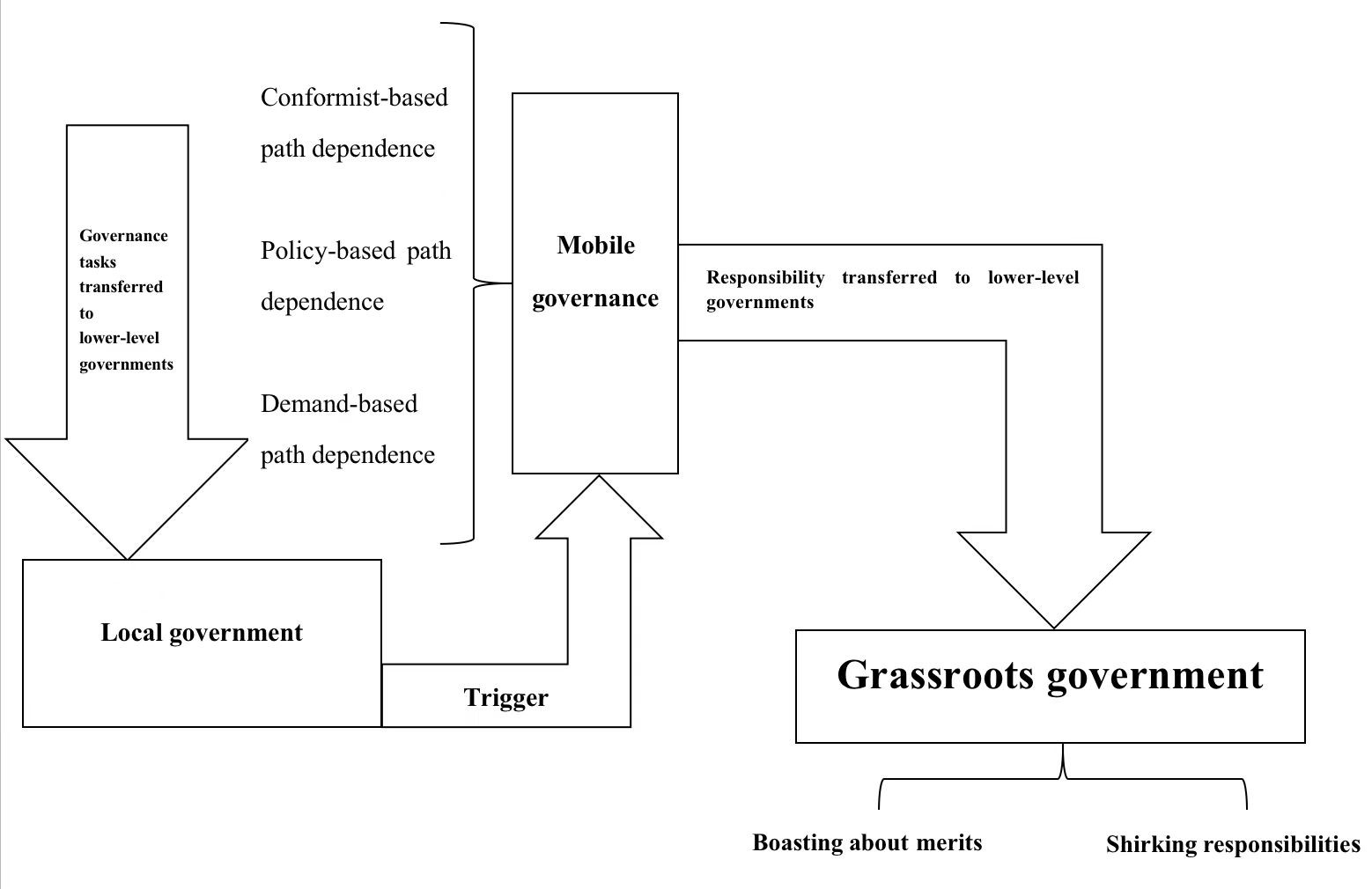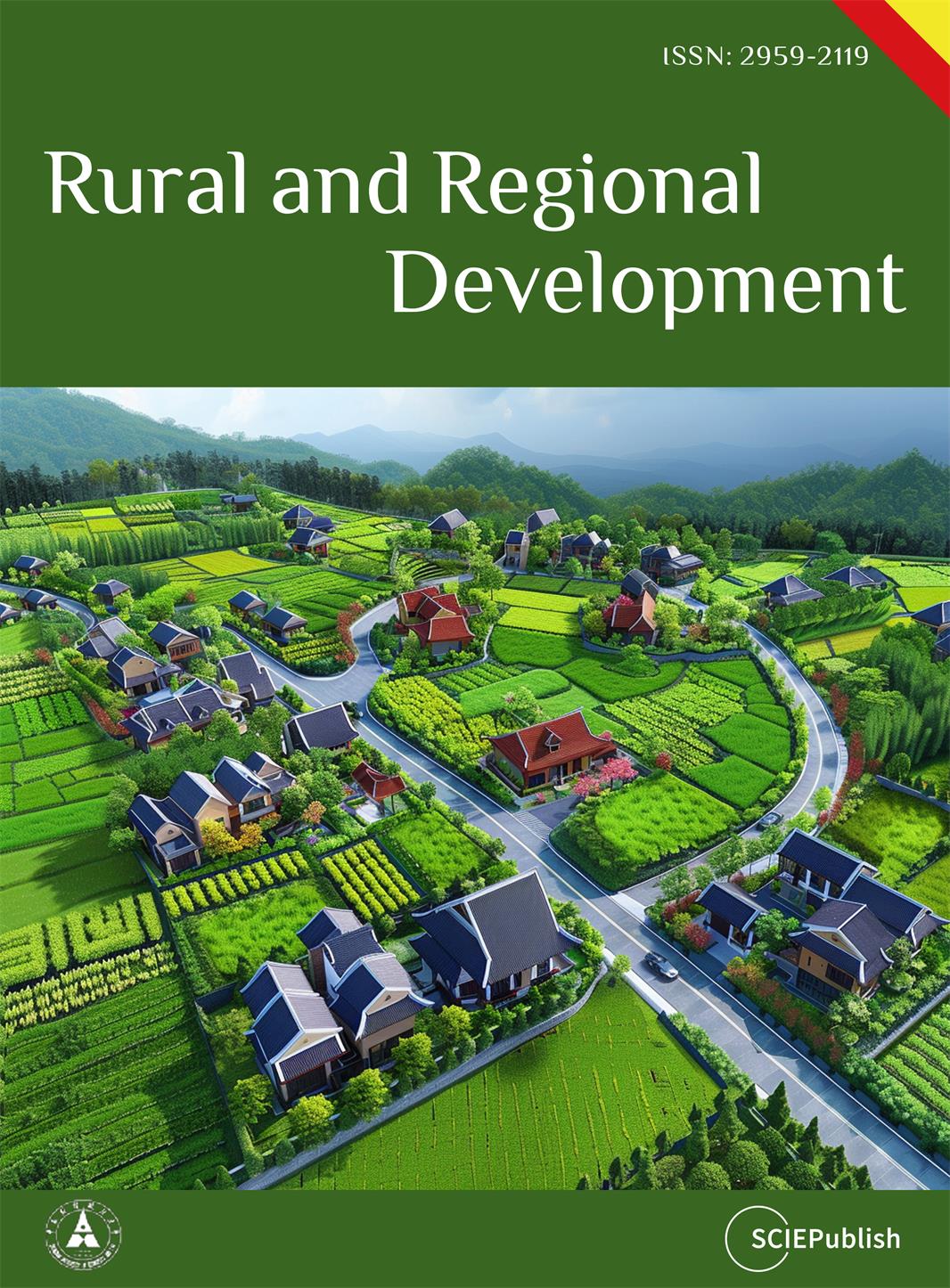Found 3 results
Article
08 April 2025Research on the Logic of Mobile Governance from the Perspective of Path Dependency: A Case Study of the Implementation of the “Coal-to-Gas” Policy in Rural Areas of Handan
Mobile governance, a commonly used governance approach in China, has always been controversial. Behind the persistence of mobile governance lies the underlying governance logic. This paper takes the implementation of the “coal-to-gas” policy in rural areas of Handan as a case study to analyze the path-dependent logic inherent in mobile governance. The paper argues that mobile governance’s selection path embodies path dependency characteristics, including three paths: conformist path dependency, policy-based path dependency, and demand-based path dependency. Mobile governance can be regulated through three paths: formulating a comprehensive list of rights and responsibilities for grassroots governance, the provincial government enacting relevant regulations to standardize the grassroots governance process, and vigorously developing e-government and digital government technologies to enhance the rule of law and standardization in grassroots governance.

Commentary
03 January 2025Geographies of Peripheral Rural Areas—Some Comments
The dominance of positivist approaches has led to the development of center-periphery models, which establish a relatively naturalized relationship between urban core areas and residual rural areas. Recent approaches to planetary rural geographies provide an opportunity to re-situate this issue and address it within the context of the revitalization of many rural areas, not only in the global North but also in the global South. However, multiple competing realities continue to shape the dynamics of these spaces. In large areas of the global South, material challenges persist despite some promising trends, while in the global North, dynamics are largely influenced by post-industrial societies. Africa serves as a relevant example to illustrate the limitations and shortcomings of recent planetary approaches to rural geography development. As an alternative, smaller-scale approaches focusing on community participation and the living conditions of people are proposed.

Article
12 October 2023Risk Analysis of Crisis Management on the Example of Rural Areas in Poland
The aim of this article is to analyze and assess the risk of crisis hazards and to introduce possible improvements on the example of the Municipality of Branice. The types of threats and the consequences associated with their occurrence are also described. The quality management method (FMEA) was used to develop the risk assessment, as well as an indication of the risk values presented by the risk matrix made. Thanks to the research part of the study, the most probable possible risks and their consequences were detected, and improvements were proposed to prevent the occurrence of such situations in the future. The main conclusions of the study are: (1) a properly prepared crisis management plan is the most important and effective method to deal with emergencies that threaten the life and health of citizens; (2) hazards have been, are, and will continue to accompany people, so adequate preparation is needed to minimize their effects or even eliminate them altogether; (3) during the occurrence of an emergency, the sphere of logistical action is very broad and determines the methods and actions of the relevant services in order to reduce the effects of the threats that occur; (4) the conducted analysis of threats possible to occur in the area of Branice Commune indicates that the highest probability of occurrence of a threat is floods and waterlogging as well as hurricanes and strong winds; (5) the conducted FMEA analysis indicates that a very important factor preventing the creation of the threats discussed in the point above are periodical inspections and cleaning or modernization works of the given threat areas. In summary, the FMEA analysis showed that in the analysed municipality, the most serious risks were flooding and flooding, as well as hurricanes and high winds. The following remedial actions are proposed in the analysis and to improve these areas in the rural areas: water surge in the riverbed (cleaning of the riverbed; repair of dikes; securing roads and communication bridges against possible damage; securing drinking water reservoirs against pollution; securing sewage treatment plants against possible leakage of faecal matter into flood waters); obstruction of field drainage (regular mowing and cleaning of ditches; checking the patency of ditches; roofs of residential and commercial buildings and fallen trees in villages close to houses (inspections and pruning of dangerous tree branches and possible removal of trees threatening danger of falling; inspection of roof structures by building supervision) and fallen trees in riverbeds (cleaning of banks and riverbeds; inspection of tree stands near rivers). The policy implications of this study may be far-reaching, not least because it may determine rural managers to change their management and attention to and response to crisis threats that may occur in such areas. Regarding the limitations of the study, it is important to remember that it was conducted on the author’s chosen terrain. In most cases, changes in the terrain, the population or its management have a determining influence on the shaping of emergency response principles. Therefore, the study conducted should provide an overview of the research issue undertaken. In the future, it is planned to extend the study area to equal rural areas occurring in the world, and it is also planned to verify the existing hazards on the ground on a continuous basis. In addition, it is intended to extend the deeper cooperation with both the rural authorities and the rescue units in order to imply the research results in the actual territorial units.
